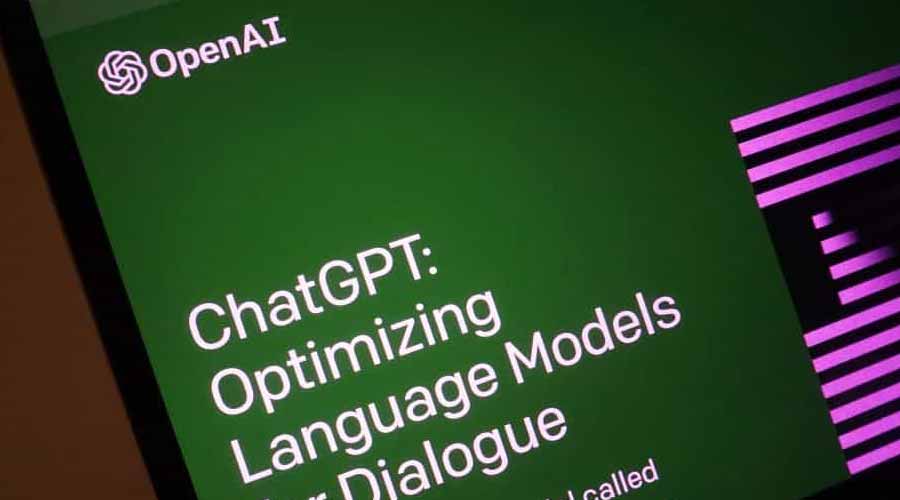
ChatGPT is a chatbot service by OpenAI that uses its GPT 4 model to generate realistic.
OpenAI’s ChatGPT, a cutting-edge language model powered by GPT-3.5 architecture, continues to evolve with new features that push the boundaries of conversational AI. As technology advances, OpenAI remains committed to enhancing the capabilities of ChatGPT to make it even more versatile, powerful, and user-friendly.
Dynamic Response System:
One of the notable updates to ChatGPT is the dynamic response system. This feature allows the model to generate responses that are more contextually aware and nuanced. Instead of providing static responses, ChatGPT can now adapt its answers based on the evolving conversation context, resulting in more coherent and relevant interactions.
Multi-Modal Input Processing:
OpenAI has introduced multi-modal input processing capabilities to ChatGPT, enabling the model to understand and respond to a combination of text and other media types. This means users can input a mix of text, images, and potentially even audio to receive more comprehensive and contextually rich responses from the model.
Enhanced Context Window:
The context window, which dictates the amount of preceding conversation that the model considers, has been expanded. This improvement allows ChatGPT to have a more extensive memory of the ongoing conversation, leading to responses that demonstrate a better understanding of the user’s queries and prompts.
Fine-Tuning for Specialized Domains:
OpenAI has introduced fine-tuning capabilities that allow users to train ChatGPT for more specialized domains. This feature is particularly useful for businesses and developers who want to tailor ChatGPT to address industry-specific queries or provide domain-specific information, making the model more adaptable to diverse use cases.
Customizable Personality and Tone:
Another exciting feature is the ability to customize the personality and tone of ChatGPT. Users can specify the desired demeanor of the model, whether it’s friendly, professional, or casual. This customization option adds a layer of personalization to the conversational experience, making ChatGPT more versatile for various applications.
Improved Handling of Ambiguous Queries:
OpenAI has implemented enhancements to ChatGPT’s ability to handle ambiguous or unclear queries. The model now exhibits improved clarification skills, asking relevant follow-up questions to ensure it understands user input accurately. This contributes to a more effective and precise conversational flow.
Expanded Language Support:
OpenAI recognizes the importance of inclusivity, and the latest updates include expanded language support. ChatGPT now better understands and responds to a broader range of languages and dialects, making it more accessible and user-friendly for a global audience.
Increased Responsiveness and Speed:
OpenAI has optimized ChatGPT for increased responsiveness and speed. The model now generates responses more quickly, improving the overall user experience. For real-time applications where low latency is critical, this is especially important.
Interactive Learning Mode:
OpenAI has introduced an interactive learning mode that allows users to guide and instruct ChatGPT during conversations. This feature facilitates a more collaborative and iterative interaction, enabling users to correct and guide the model in real-time, making the learning process more dynamic and responsive.



